The US Clonorchiasis Market represents a specialized segment of the healthcare industry focused on the diagnosis, treatment, and prevention of infections caused by the Clonorchis sinensis parasite. This market is characterized by a competitive landscape that includes various pharmaceutical companies engaged in developing and marketing anti-parasitic therapies. The demand in this market is driven by increasing awareness of parasitic infections, improvements in diagnostic techniques, and the rise in awareness among healthcare professionals concerning the implications of Clonorchiasis.
As a result, companies are honing their strategies to not only enhance existing treatments but also to innovate new therapeutic solutions, thereby actively engaging in competitive positioning within this niche market.
Merck and Co
Merck and Co is a prominent player within the US Clonorchiasis Market, leveraging its extensive experience in the pharmaceutical sector to develop effective anti-parasitic medications. The company's strength lies in its significant investment in research and development, which enables it to explore new therapeutic avenues and optimize existing product lines.
Merck's extensive sales force and established distribution channels give it a strong presence in the healthcare market, facilitating the delivery of its products directly to healthcare providers and pharmacies nationwide. This robust market presence positions Merck favorably against competitors, allowing it to respond quickly to market demands and manage regulatory challenges effectively. Furthermore, the company's commitment to addressing unmet medical needs enhances its reputation among healthcare professionals and patients alike.
Novartis
Novartis has also made significant strides in the US Clonorchiasis Market. The company is recognized for its broad portfolio of pharmaceuticals, including key products that address parasitic infections. Novartis's strength is bolstered by a strong research foundation, which enables it to focus on innovative treatments that cater specifically to Clonorchiasis and other parasitic diseases.
Its effective marketing strategies and extensive distribution network facilitate wide-reaching access to its products across the US. Additionally, Novartis has engaged in strategic mergers and acquisitions to enhance its product offerings and capabilities, thereby securing its position within the market landscape. By continuously adapting to the evolving needs of patients and healthcare providers, Novartis is able to maintain a competitive edge, driving growth in the Clonorchiasis treatment domain.



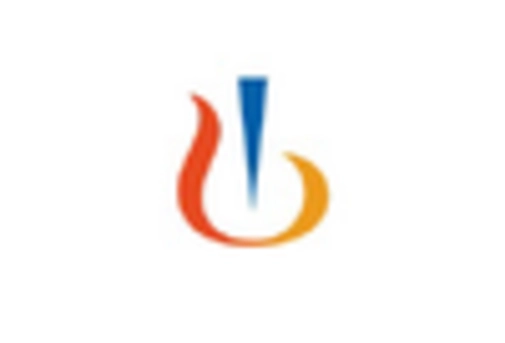

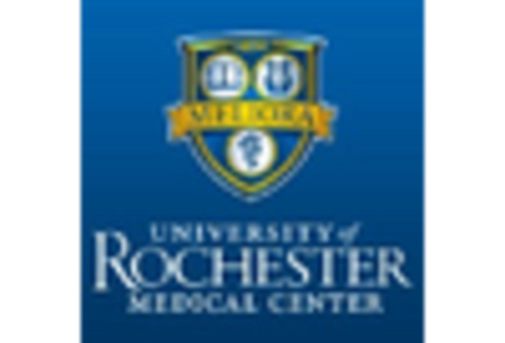


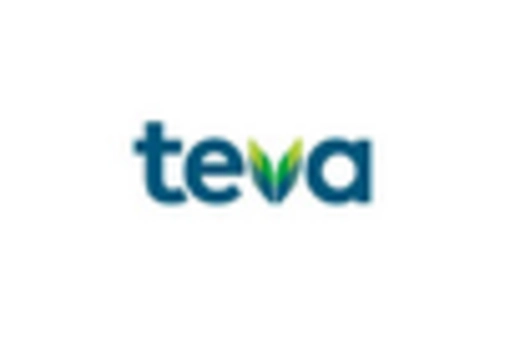
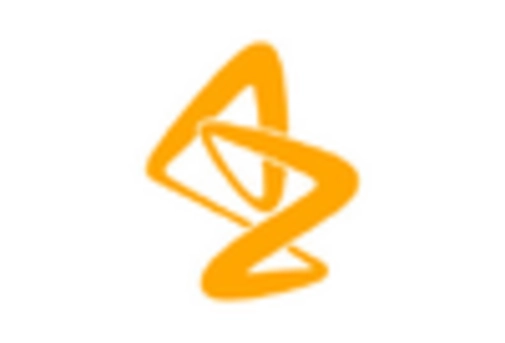
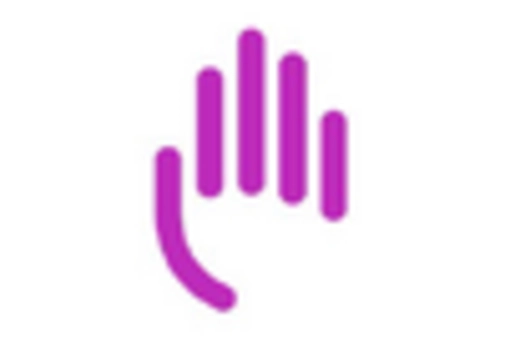
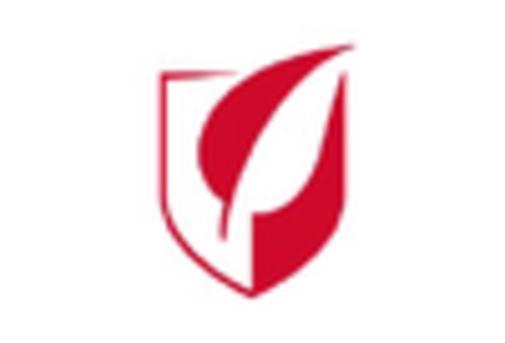
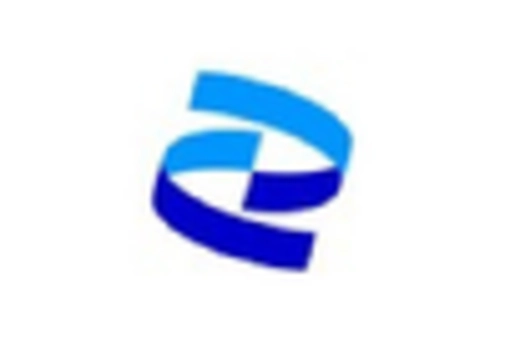








Leave a Comment